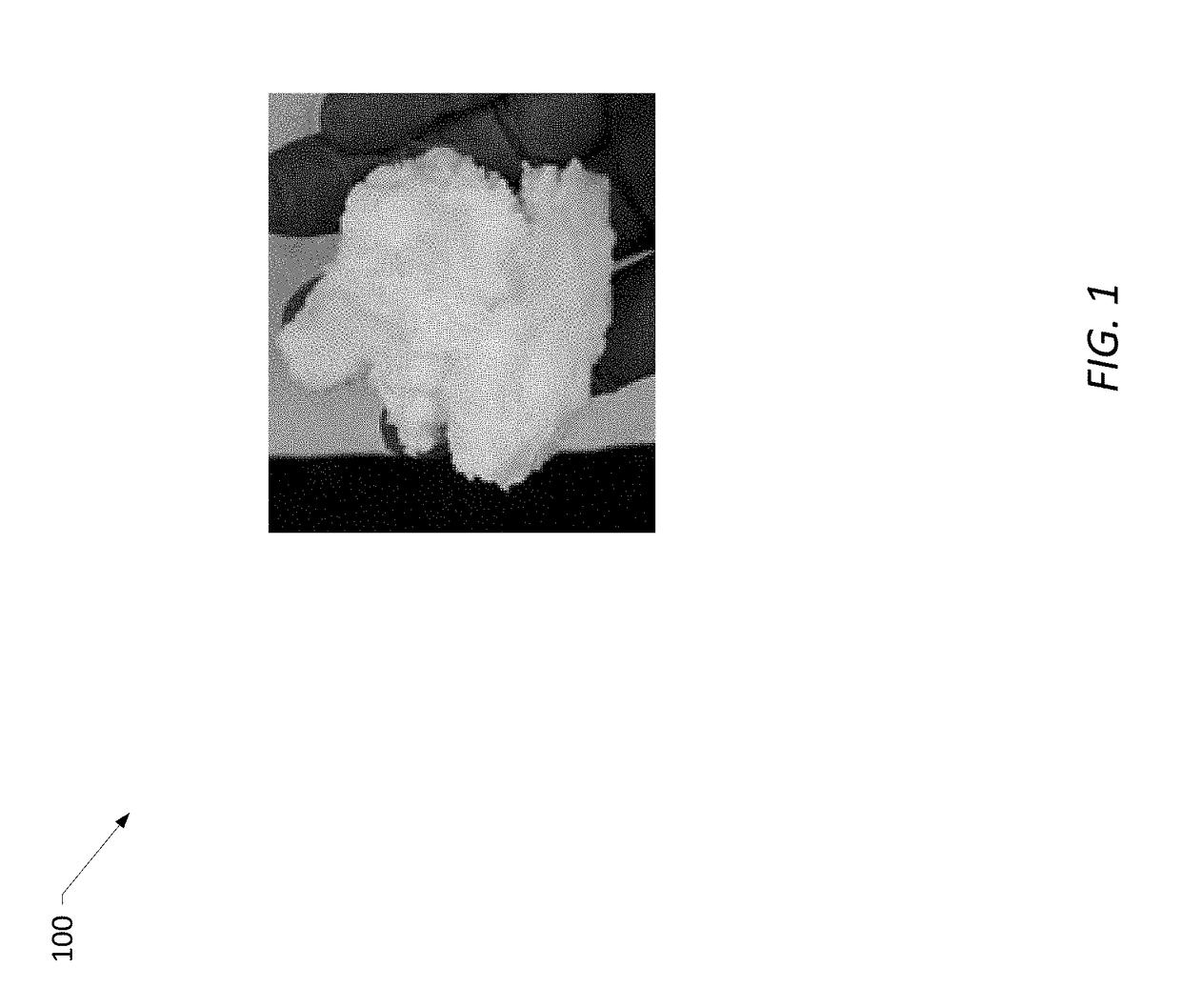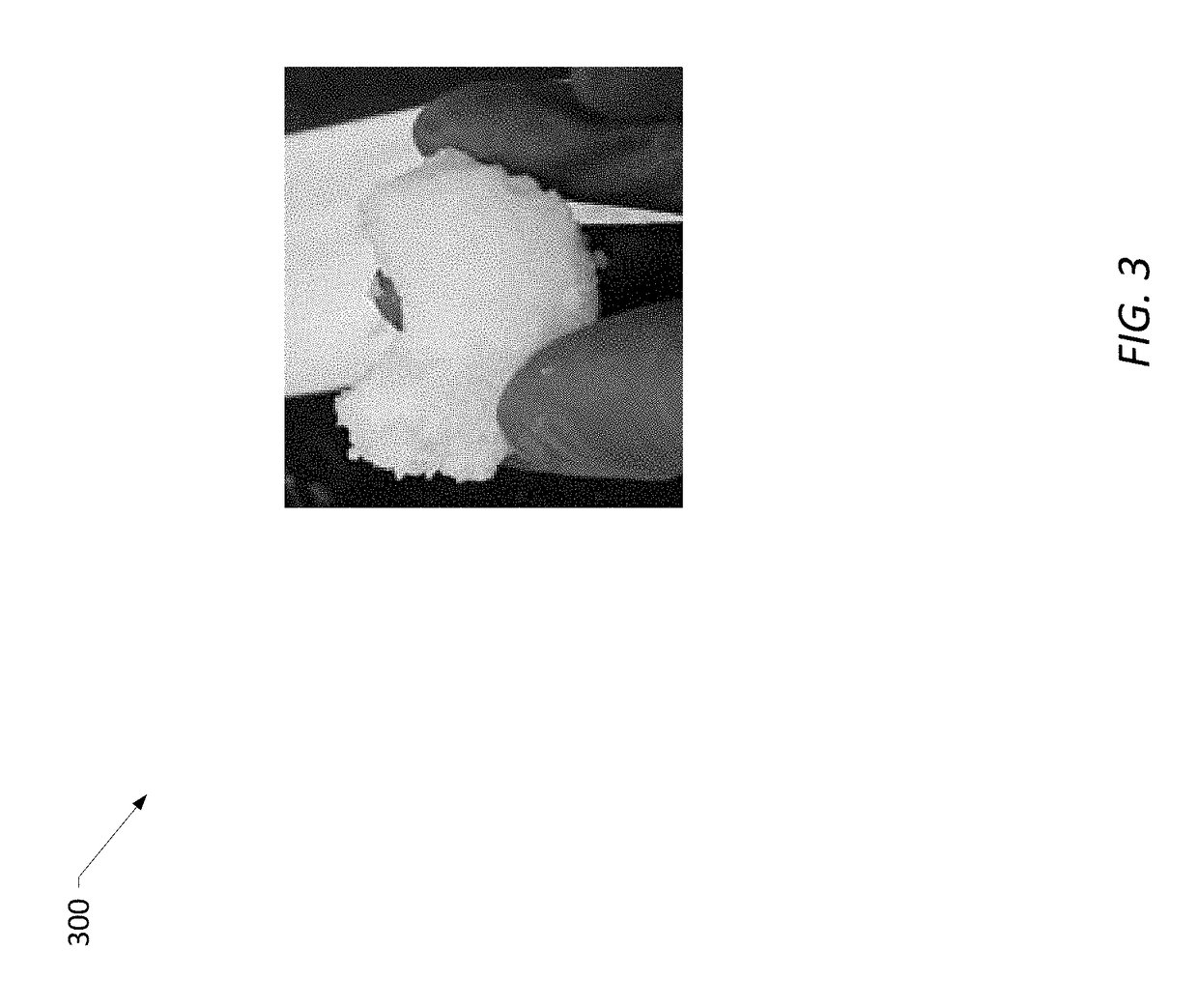Loss Circulation Material Composition Having an Acidic Nanoparticle Based Dispersion and Polyamine
- Summary
- Abstract
- Description
- Claims
- Application Information
AI Technical Summary
Benefits of technology
Problems solved by technology
Method used
Image
Examples
examples
[0030]The following examples are included to demonstrate embodiments of the disclosure. It should be appreciated by those of skill in the art that the techniques and compositions disclosed in the example which follows represents techniques and compositions discovered to function well in the practice of the disclosure, and thus can be considered to constitute modes for its practice. However, those of skill in the art should, in light of the present disclosure, appreciate that many changes can be made in the specific embodiments which are disclosed and still obtain a like or a similar result without departing from the spirit and scope of the disclosure.
[0031]The following non-limiting examples of an acidic nanosilica dispersion and polyamine activators were prepared and tested. The examples include 1) an acidic nanosilica dispersion stabilized by acetic acid and a commercially available polyethylene polyamine mixture as an activator, 2) an acidic nanosilica dispersion stabilized by ac...
PUM
 Login to View More
Login to View More Abstract
Description
Claims
Application Information
 Login to View More
Login to View More - R&D
- Intellectual Property
- Life Sciences
- Materials
- Tech Scout
- Unparalleled Data Quality
- Higher Quality Content
- 60% Fewer Hallucinations
Browse by: Latest US Patents, China's latest patents, Technical Efficacy Thesaurus, Application Domain, Technology Topic, Popular Technical Reports.
© 2025 PatSnap. All rights reserved.Legal|Privacy policy|Modern Slavery Act Transparency Statement|Sitemap|About US| Contact US: help@patsnap.com



